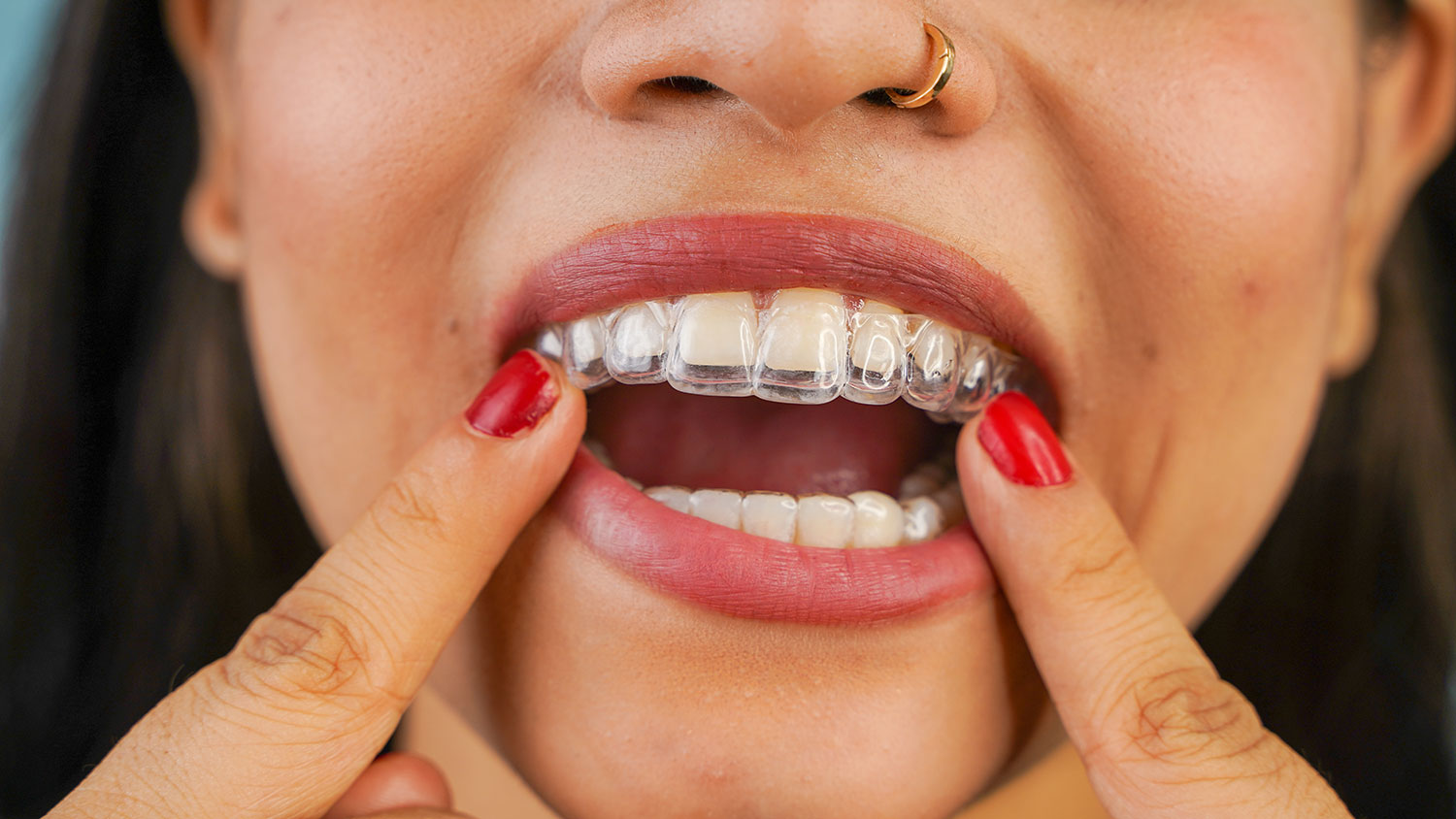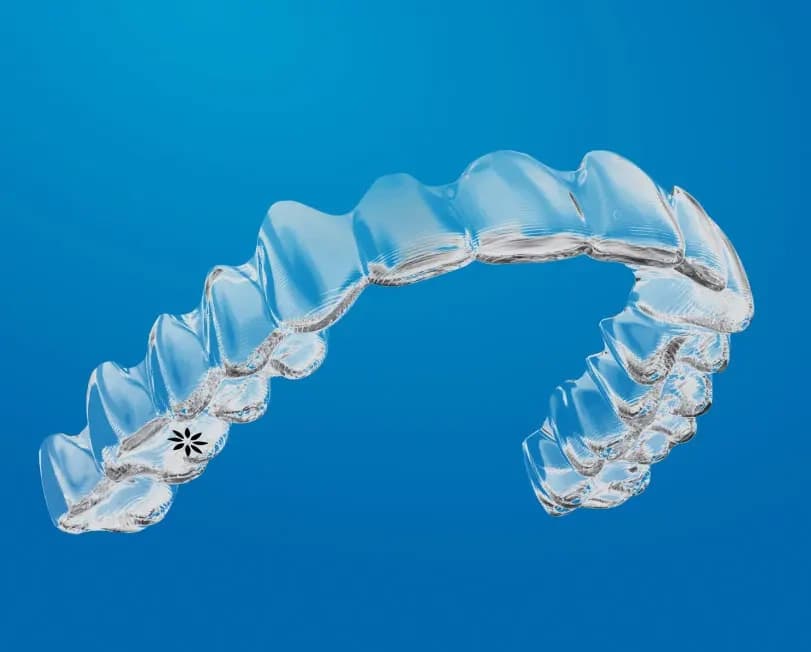The Expense of Invisalign: Comprehending the Investment in Your Smile
The Expense of Invisalign: Comprehending the Investment in Your Smile
Blog Article
Invisalign vs. Standard Dental braces: Which Alternative Is Right for You?
When considering orthodontic treatment, the option between Invisalign and standard braces presents numerous crucial elements that merit mindful examination. Invisalign offers a discreet choice with detachable aligners, while traditional dental braces give a more noticeable yet efficient option for extreme imbalance. Each choice encompasses distinct benefits and disadvantages associated with aesthetic appeals, comfort, therapy duration, and price. Recognizing these nuances is vital for making a notified decision that straightens with your personal choices and lifestyle. The question stays: which alternative will best meet your orthodontic needs and expectations?
Overview of Treatment Choices

On the other hand, conventional braces include metal braces and cables that are adhered to the teeth. This technique applies constant stress over time to attain alignment. While reliable for complicated orthodontic concerns, typical braces call for routine brows through for changes and can present obstacles in maintaining dental hygiene as a result of the difficulty of cleaning up around cables and braces.
Both alternatives have their values, and the choice frequently depends upon specific dental conditions, lifestyle choices, and person compliance. Eventually, getting in touch with an orthodontic specialist is vital for figuring out the most ideal therapy plan customized to individual demands. Recognizing the subtleties of each option can substantially influence the total success of orthodontic treatment.
Aesthetic Considerations
A significant factor affecting the option in between Invisalign and conventional braces is the visual appeal each therapy supplies. Invisalign aligners are crafted from clear plastic, making them essentially undetectable when put on. This discreet appearance is specifically appealing to adults and teenagers who may feel awkward about their orthodontic treatment. The capability to preserve an all-natural smile throughout the alignment procedure can significantly improve the person's self-confidence in professional and social setups.
On the other hand, traditional dental braces consist of steel brackets and cords, which can be a lot more obvious. While advancements in orthodontic innovation have led to the advancement of smaller brackets and colored elastics, standard dental braces still preserve an even more conspicuous account. For some people, the exposure of dental braces may hinder them from seeking needed therapy.
Ultimately, the selection in between Invisalign and traditional braces might depend upon personal preferences regarding aesthetics. People who prioritize discernment usually favor Invisalign, while those who are much less worried concerning visibility might go with traditional dental braces. Understanding the aesthetic ramifications of each alternative is vital for making a notified decision that straightens with one's way of living and choices.
Convenience and Convenience

In regards to ease, Invisalign aligners are detachable, enabling clients to enjoy their favored foods without limitation and preserve optimum dental hygiene. Cleaning and flossing are streamlined, as the aligners can be gotten throughout these routines, whereas traditional dental braces require careful steering around braces and cables.
Additionally, Invisalign's dynamic system permits fewer orthodontic check outs. Clients usually get multiple collections of aligners at when, which can simplify the treatment procedure and decrease time invested in the orthodontist's chair. In contrast, typical braces demand regular changes, making them less hassle-free for those with hectic timetables. Invisalign. In general, the convenience and benefit of Invisalign make it an enticing choice for lots of individuals looking for orthodontic therapy.
Therapy Period and Effectiveness
While both Invisalign and conventional dental braces are reliable in correcting oral imbalances, the period of therapy can vary considerably in between the 2 alternatives. Generally, Invisalign therapy can take anywhere from 12 to 18 months, relying on the intricacy of the instance. The clear aligners function by gradually shifting teeth into their desired settings, and routine follow-ups with an orthodontist assistance make certain progression continues to be on track.
In contrast, conventional braces commonly call for a longer dedication, typically ranging from 18 months to three years. This is because of their fixed nature and the usage of cords and brackets, which can be a lot more effective for extreme imbalances and complicated cases (Invisalign). The therapy efficiency of standard dental braces is well-documented, as they allow for accurate changes and higher control over tooth movement
Inevitably, check here the selection between Invisalign and standard braces may rest on both the awaited therapy duration and the particular dental concerns handy. Consulting with an orthodontist is crucial, as they can provide customized suggestions based on individual demands, making certain the picked technique aligns with wanted durations and results.
Expense Contrast and Insurance Coverage Options
Price plays a considerable role in the decision-making procedure for individuals considering orthodontic therapy, whether selecting Invisalign or standard braces. Usually, the cost of Invisalign arrays from $3,000 to $8,000, while standard braces normally cost between $2,000 and $6,000. Variables influencing these prices include the intricacy of the situation, the period of treatment, and geographical area.
Insurance policy protection can considerably influence out-of-pocket expenses. Several dental insurance policy plans supply partial insurance coverage for orthodontic treatments, however the specifics can differ commonly. It is critical for clients to assess their insurance plan to establish the extent of protection for either alternative. Typically, standard dental braces might be much more frequently covered by insurance coverage strategies compared to Invisalign, which some insurance providers categorize as a cosmetic treatment.
Additionally, several orthodontic methods use versatile layaway plan, making both therapy alternatives more available. Individuals must make inquiries concerning possible funding alternatives and discounts for upfront payments. Assessing the total cost, including insurance benefits and layaway plan, is important for making an informed decision that straightens with both visual choices and budget plan considerations.

Conclusion
In summary, the choice in between Invisalign and traditional dental braces rests on several factors, consisting of visual choices, comfort, treatment period, and price. Invisalign uses a very discreet, removable choice that assists in dental hygiene and nutritional versatility, while conventional braces might be better for complicated dental concerns and usually come with a lower cost point. Ultimately, consultation with an orthodontist is crucial to evaluate individual scenarios and identify one of the most ideal treatment alternative for attaining optimal oral positioning.
When considering orthodontic therapy, the option in between Invisalign and conventional braces provides several vital factors that merit cautious analysis.Comparing Invisalign and traditional dental braces reveals distinctive treatment options for orthodontic correction.While both Invisalign and conventional braces are reliable in remedying dental misalignments, the period of treatment can differ substantially between the two alternatives.Expense plays a significant go to this web-site function in the decision-making procedure for individuals thinking about orthodontic therapy, whether choosing for Invisalign or typical braces.In summary, the selection between Invisalign and conventional dental braces pivots on numerous elements, consisting of visual preferences, comfort, therapy period, and price.
Report this page